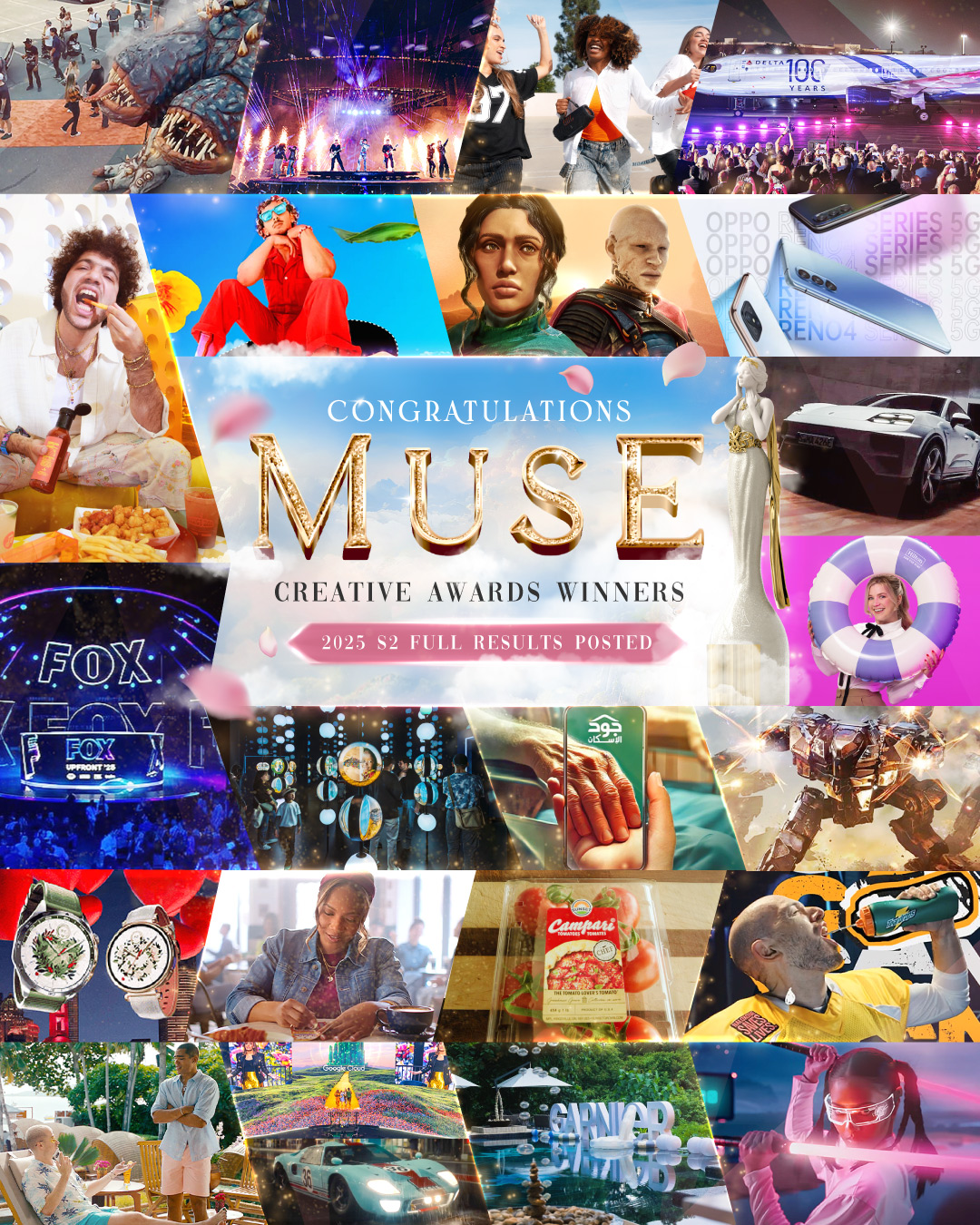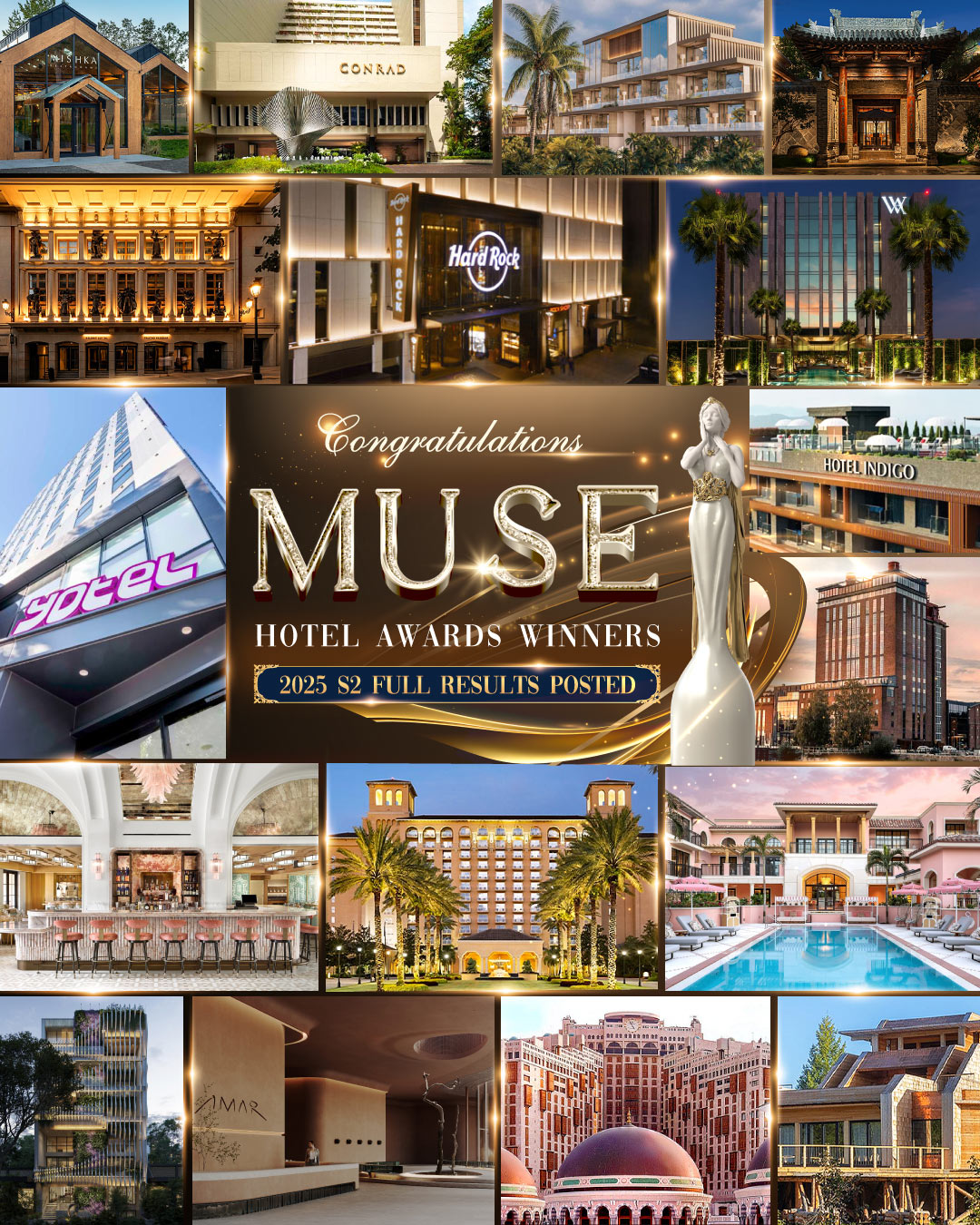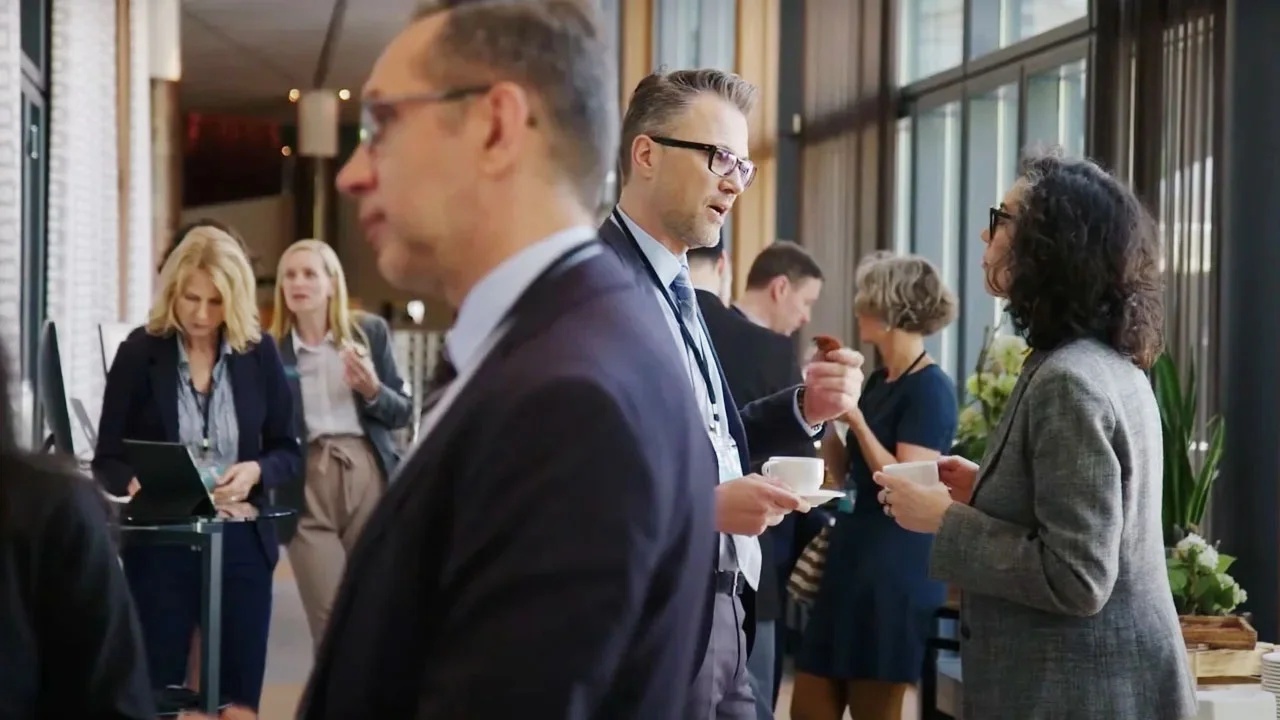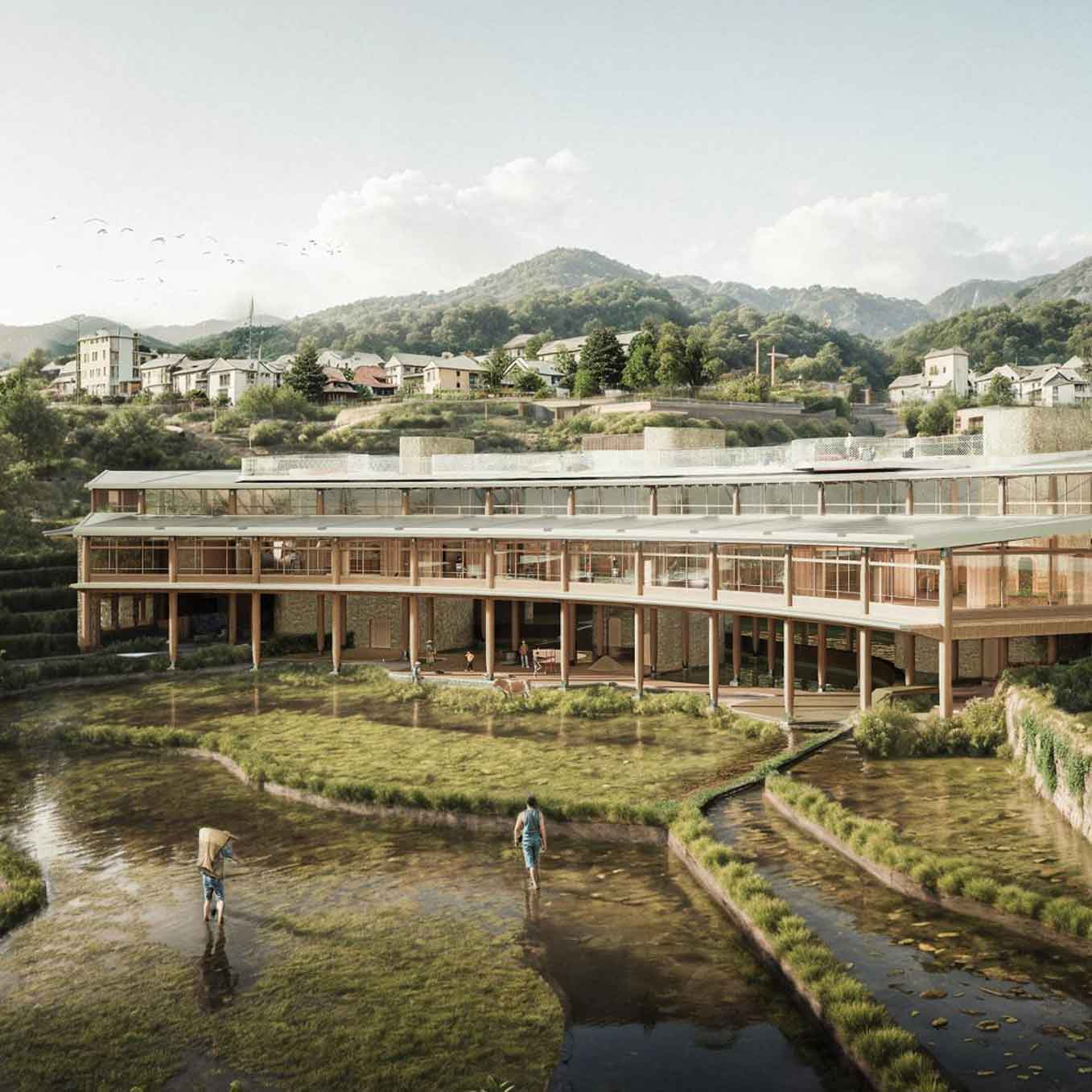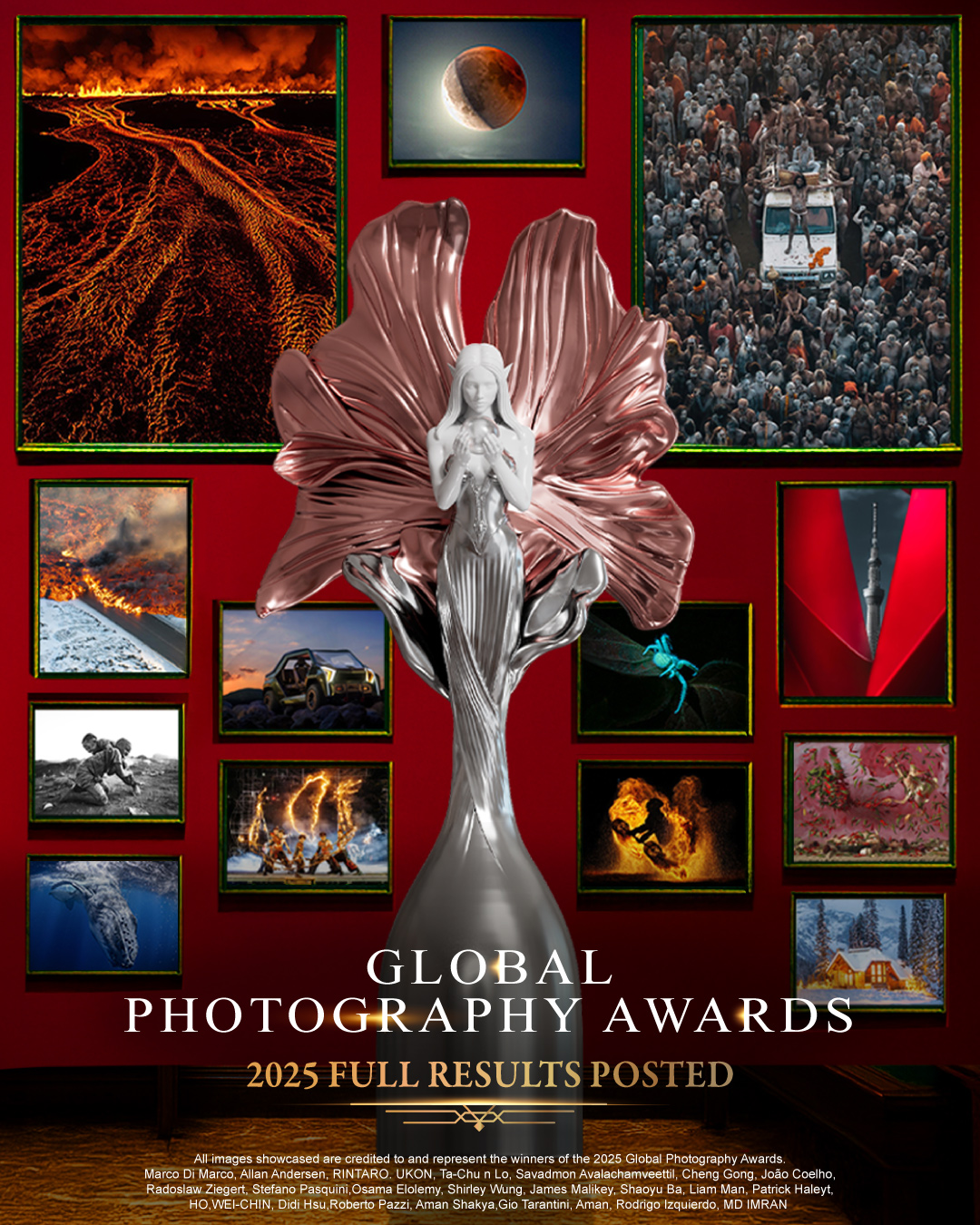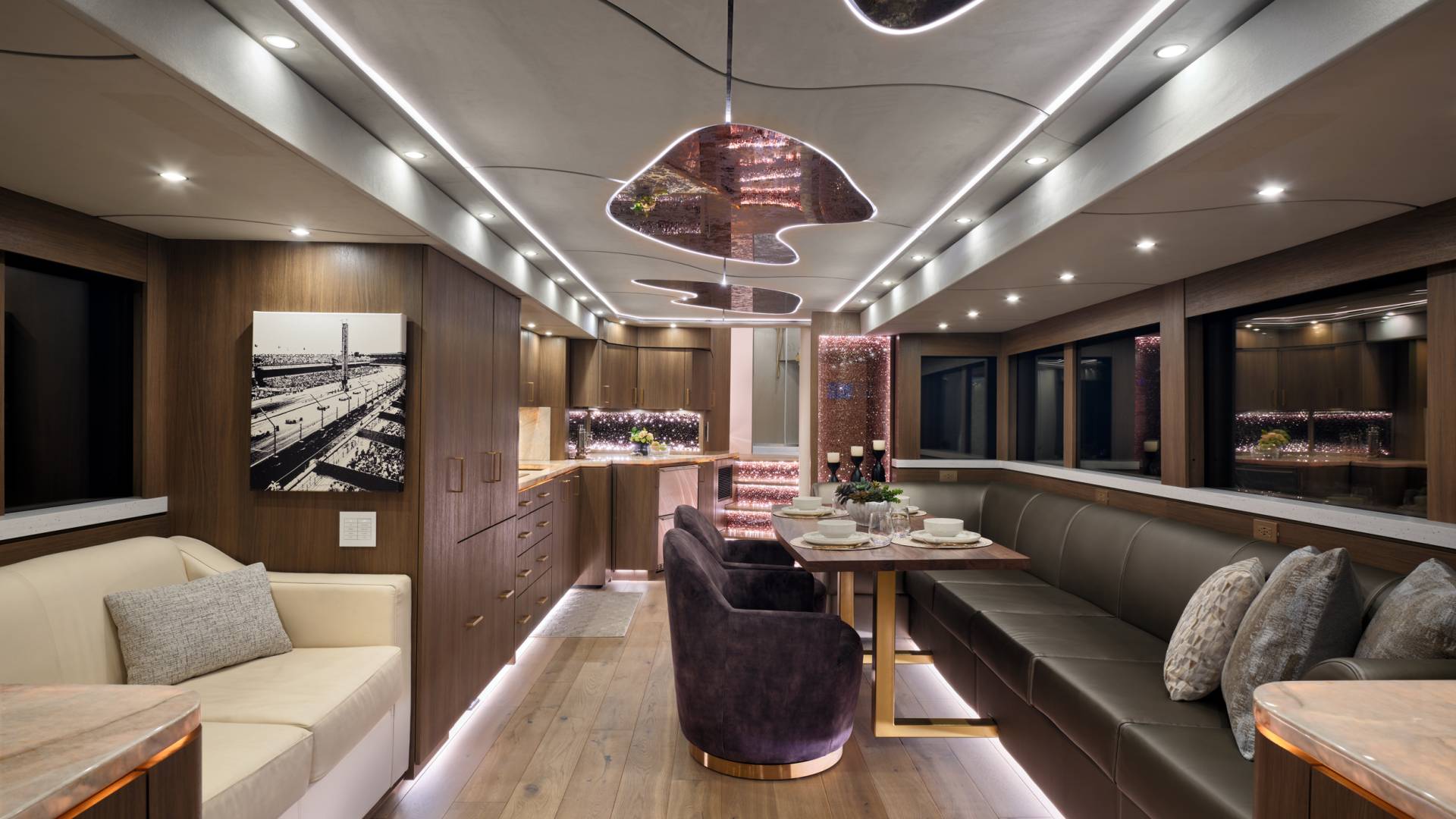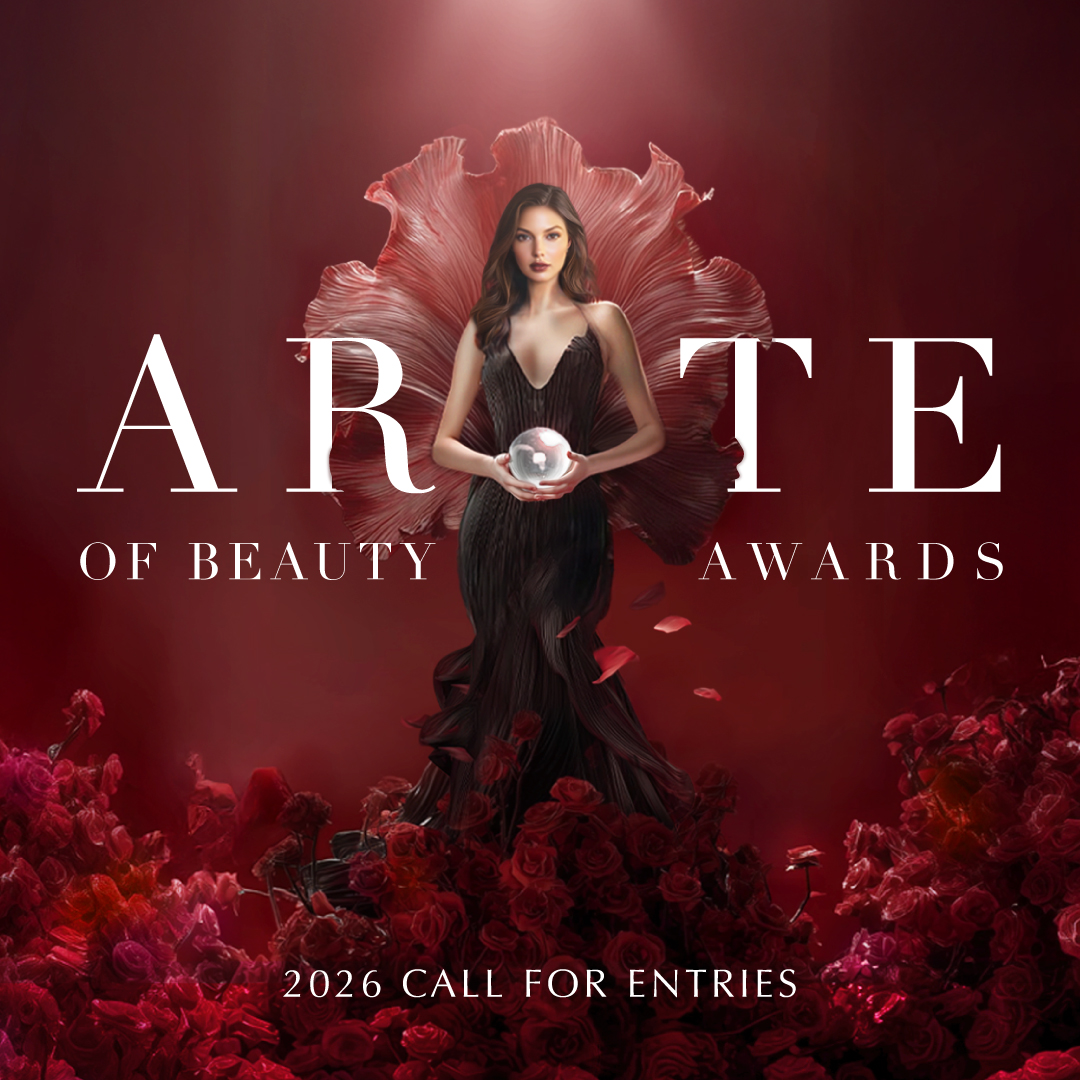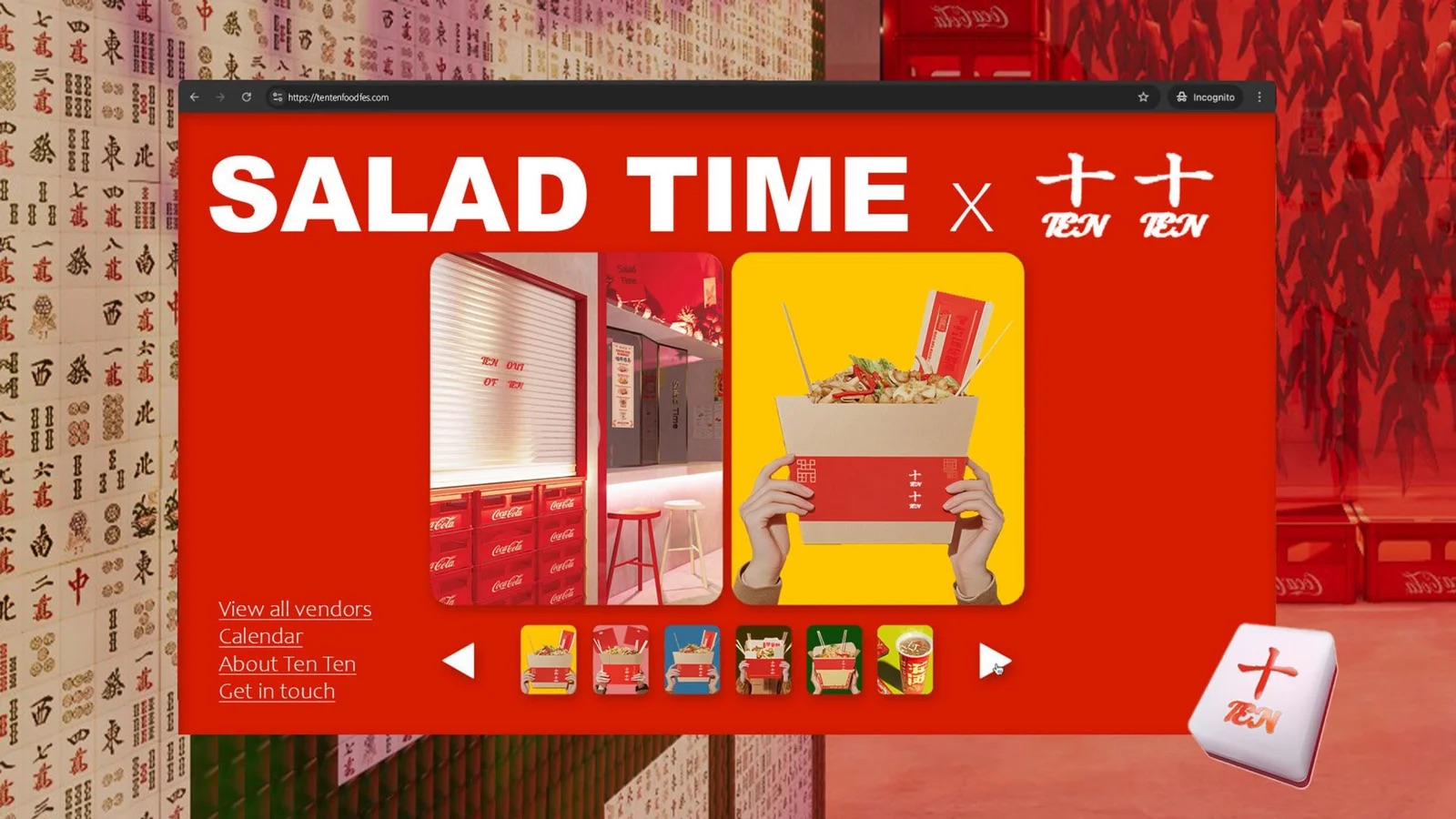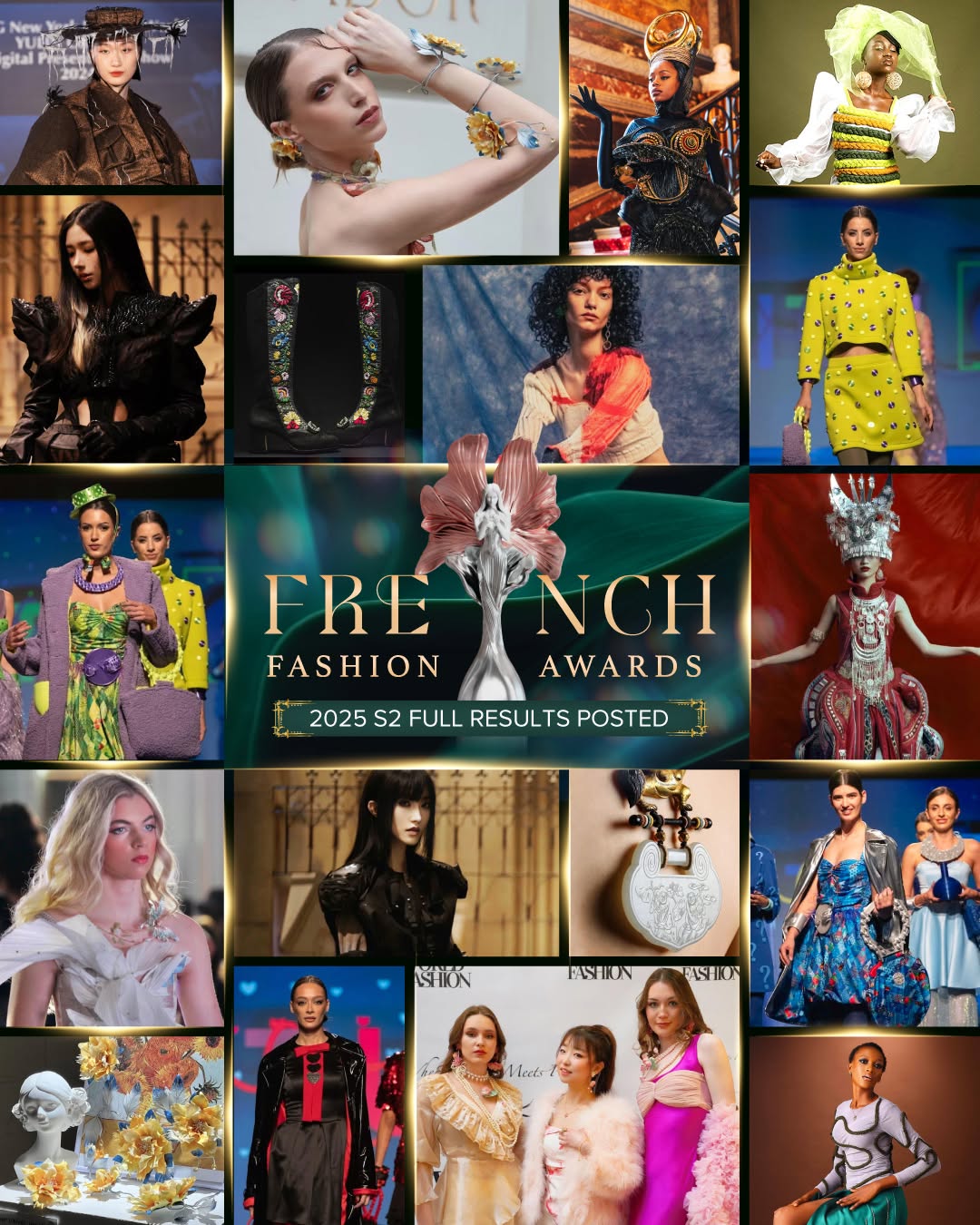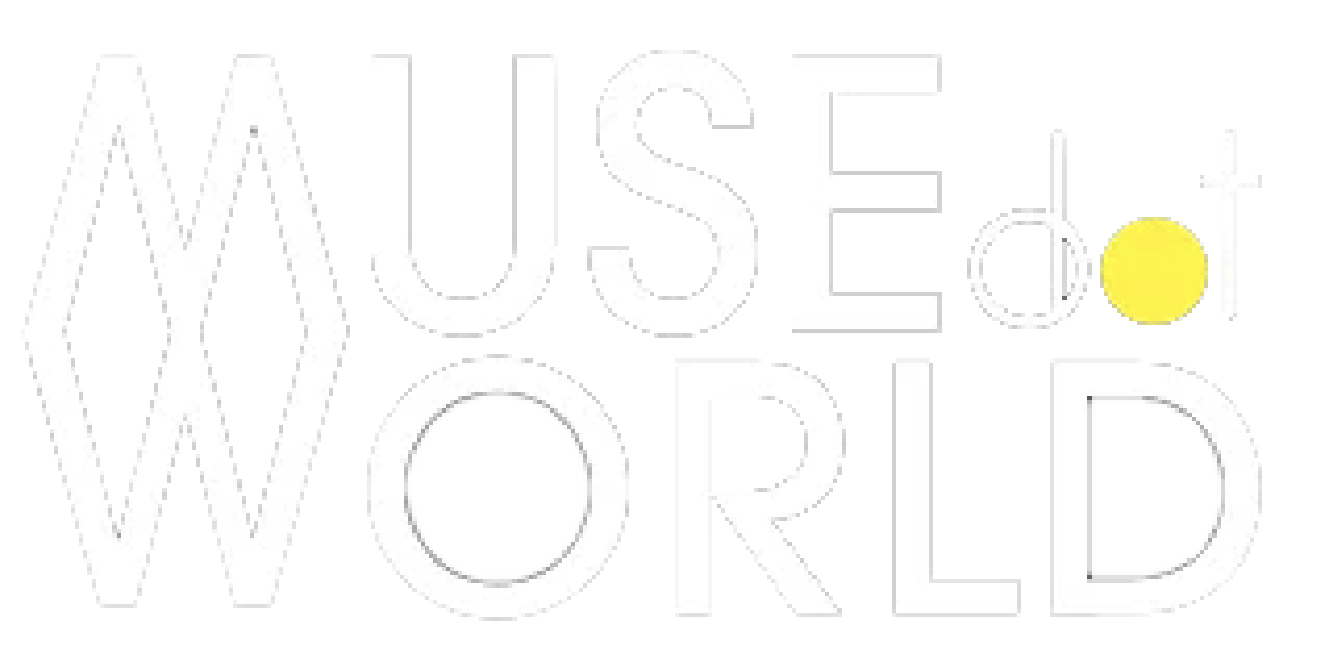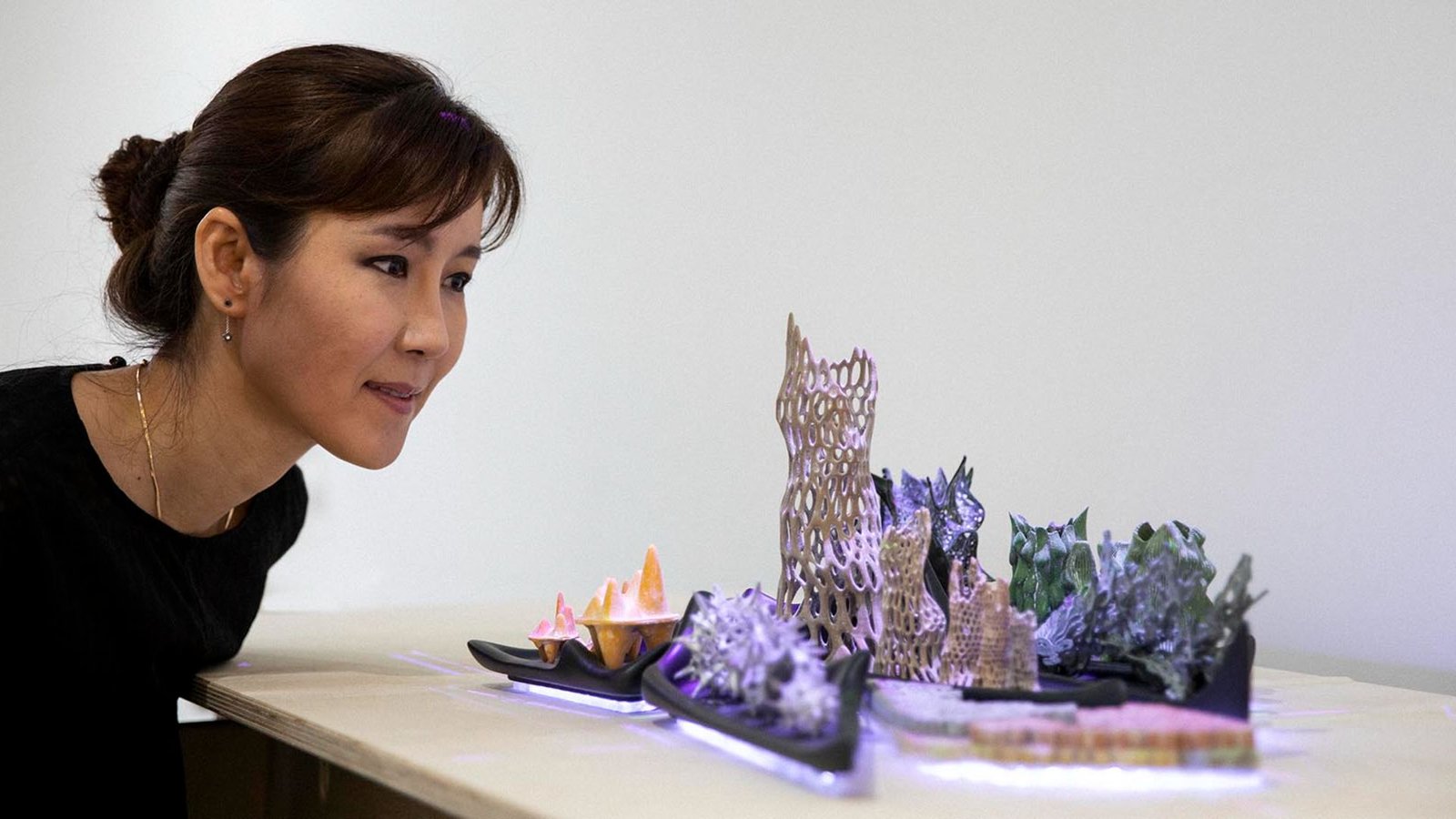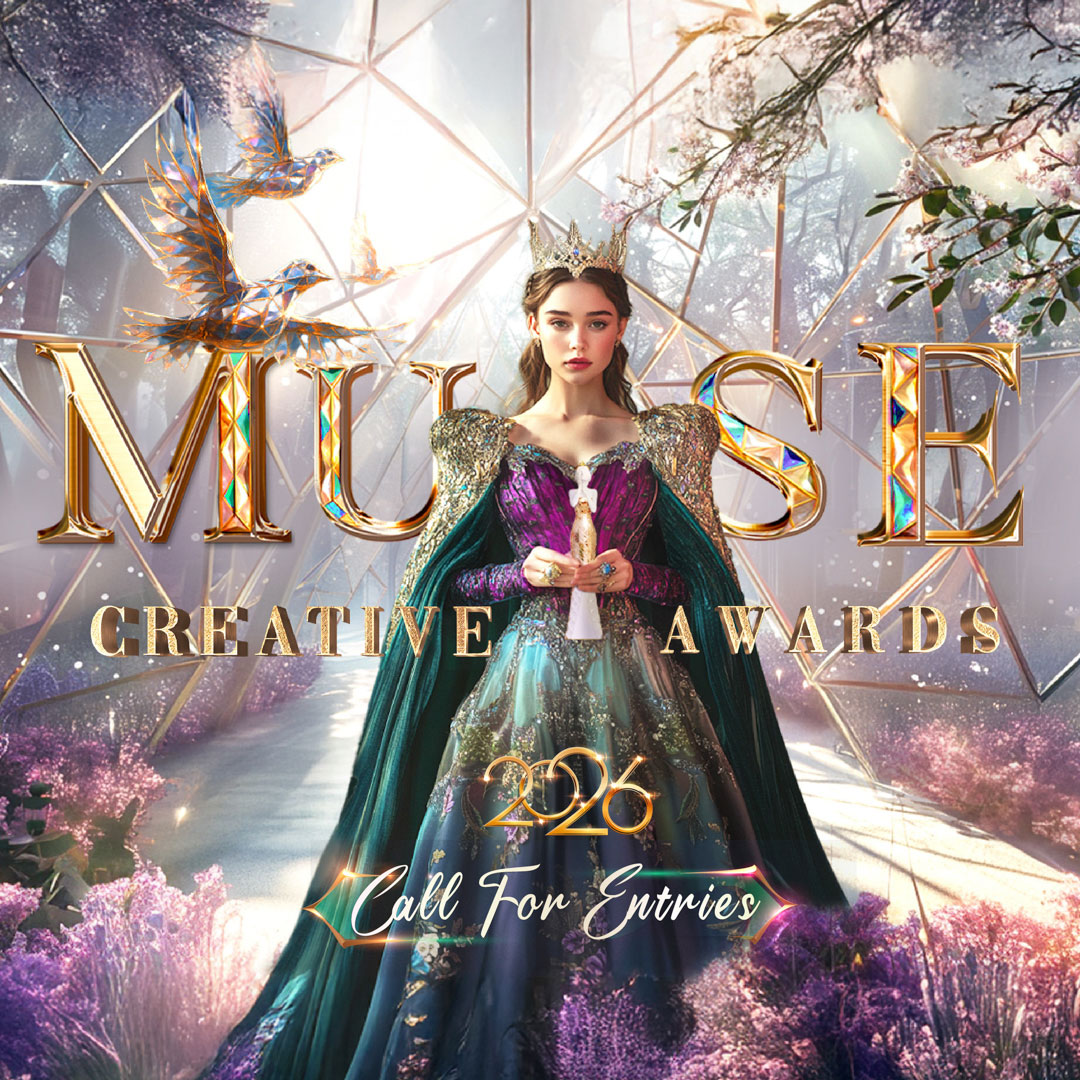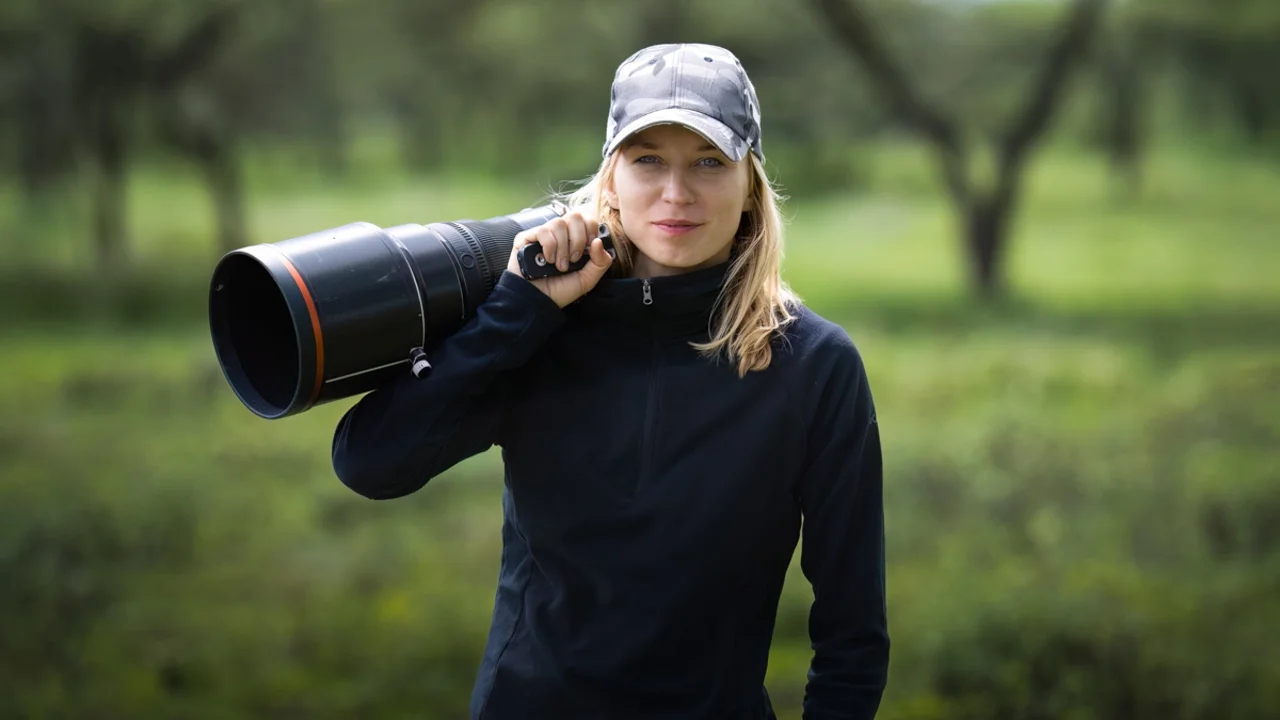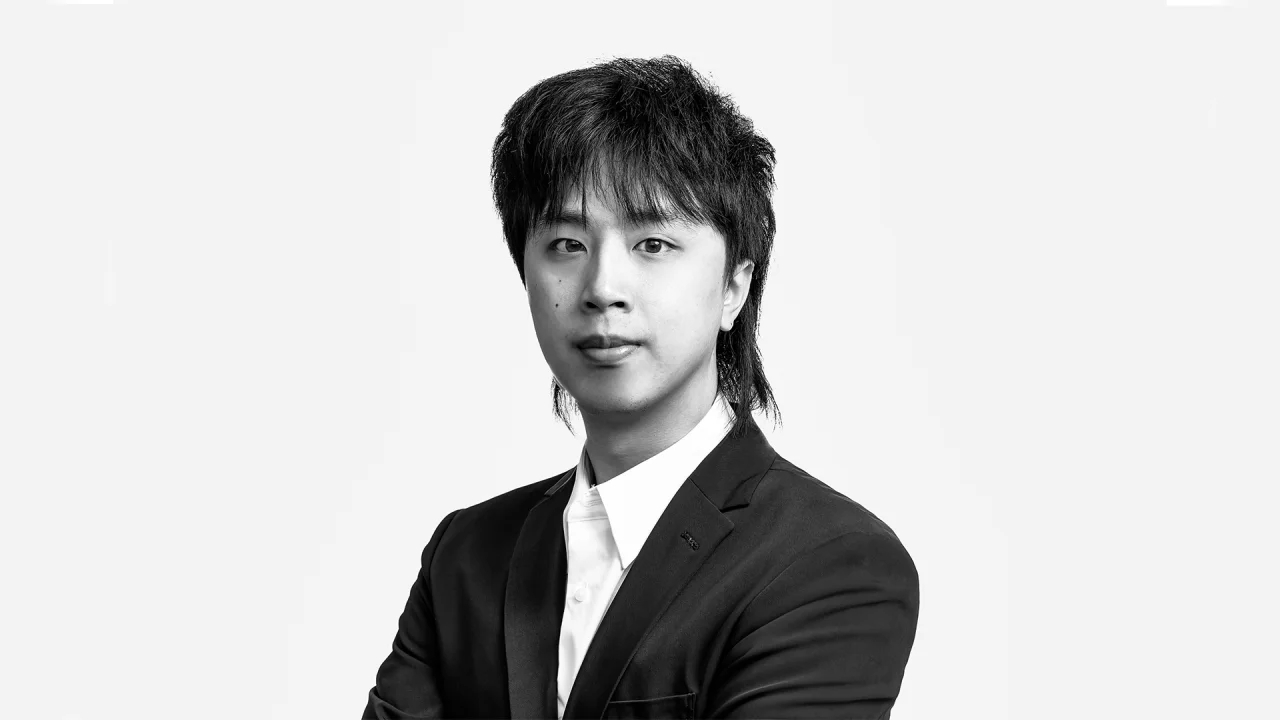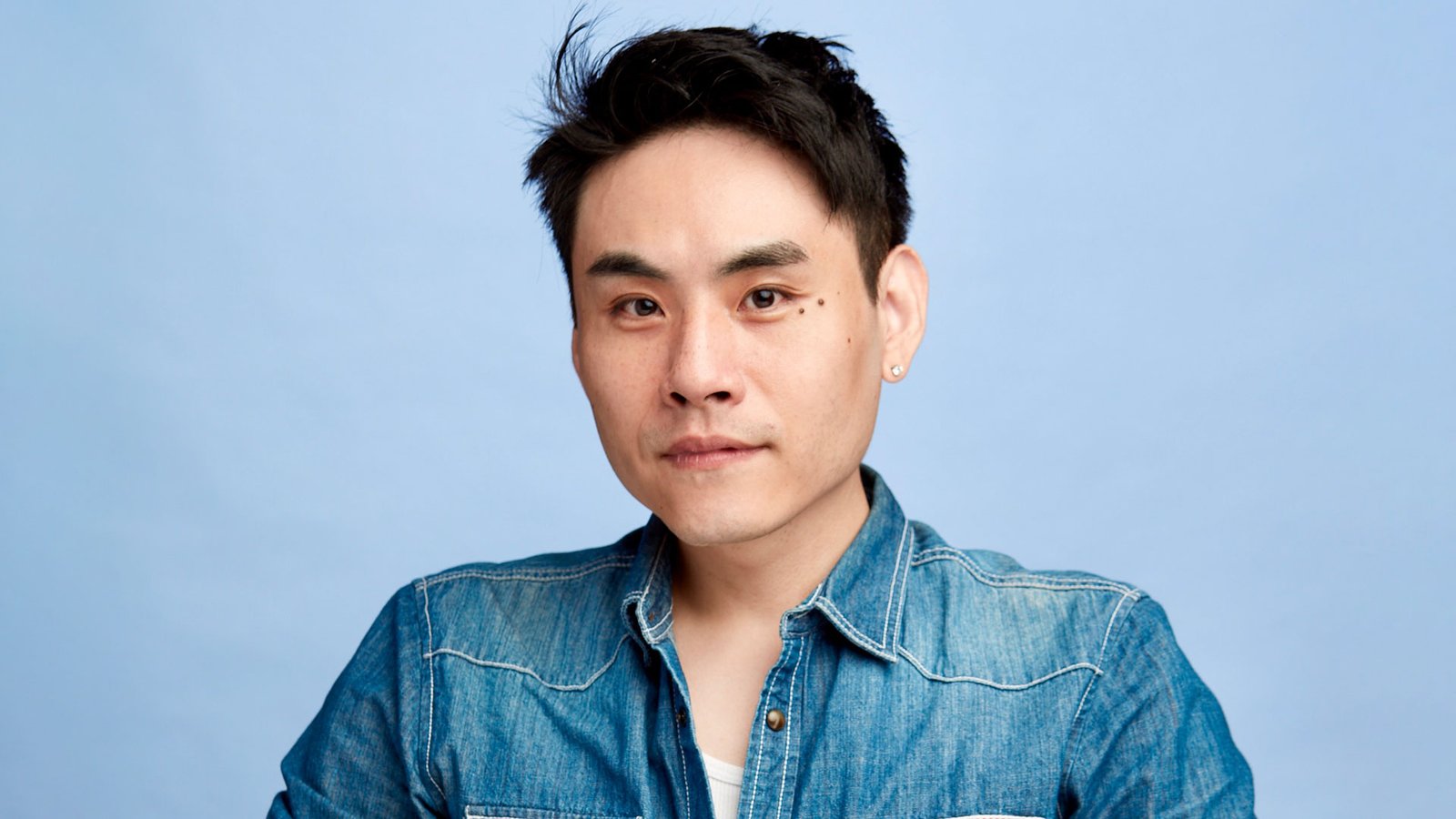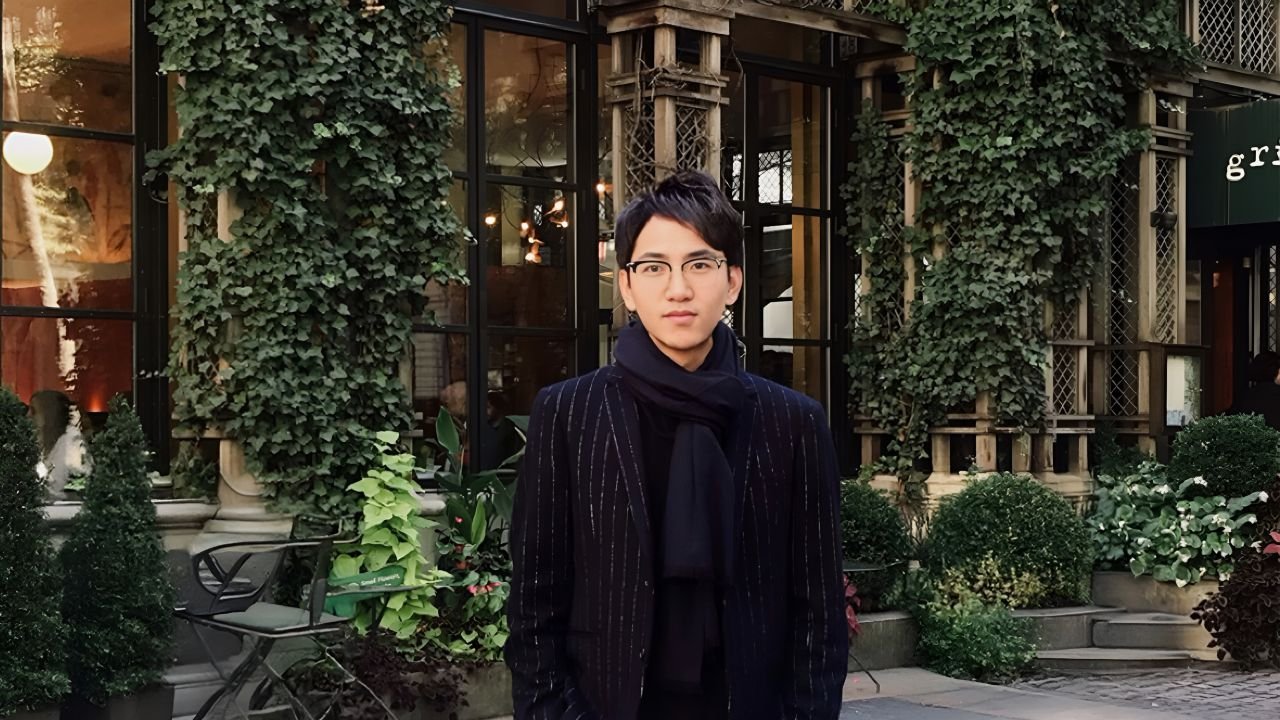Chloe Kang | A Conversation about Integrating Nature into Everyday Objects
Chloe Kang
Chloe Kang is a multidisciplinary designer and artist whose work spans architecture, product design, and ceramics, guided by a background in film, theatre, and the culinary arts. Her practice centres on sustainable design rooted in natural systems, applying structural principles from nature to create works that integrate human experience with ecological form.
Thank you! I’m Chloe Kang — a designer with a background in theatre, architecture, and cooking. I studied Theatre and Film in Seoul, then architecture in Sydney, and later product design in London.
At some point, I realised that design was the best way to bring all my interests together. It lets me be creative, work with my hands, tell stories, and solve problems in everyday life. And now, I even get to use food as a design material — without being in a noisy kitchen!
It means a lot to have my work recognised on an international level. It gives me confidence to keep exploring new directions in design — especially ones that involve sustainability, food, and material innovation. This award reminds me that thoughtful, experimental work can connect with others and spark new conversations.
Well, I work solo — so the“team”mostly consists of me, my laptop, and a very judgmental pile of dried pasta on my shelf. But winning this award has definitely opened up conversations, especially internationally. It gives me a platform to talk about food, sustainability, and design in ways that feel more serious, even if the pasta still looks slightly absurd.
Experimentation is everything. For Pasta by Design, I tested dozens of ingredients — including seaweed, insects, cacti, and vegetable waste. Some of it smelled strange, some of it collapsed, and a few batches looked like fossils. But eventually, I created pasta that was both beautiful and full of meaning. It’s like science class, but you get to eat your failures(sometimes).
The bin. Honestly. I collected food waste — onion skins, pea pods, pistachio shells — and wondered what could be done with them. Once you start seeing beauty in scraps, it’s hard to stop. Trash is just design waiting for attention.
That it’s not magic — it’s mostly mistakes. Beautiful, frustrating, repetitive mistakes. Behind every elegant design is a mountain of failed attempts, coffee cups, and photos you took of pasta on the floor at 2am because that’s when the light was good.
Like a tightrope walker with a sketchbook. I listen carefully, ask“why”a lot, and then try to sneak my own ideas in like they were part of the plan all along. The best projects come from trust — and occasionally a very convincing PowerPoint.
Many of the ingredients I used didn’t behave like pasta. Some wouldn’t hold shape, others smelled terrible, and a few tried to grow mold. I overcame it by being persistent, patient, and occasionally yelling“WHY?”into the mixing bowl. Eventually, the forms held — and looked beautiful too.
I walk. I cook something entirely un-designed. I look at museum gift shops. I talk to someone outside design — like a taxi driver or my mum — and somehow their perspective reminds me that the world is bigger than whatever design panic I’m having.
Curiosity. Playfulness. And the belief that design should make people feel something, even if it’s confusion followed by curiosity. My background in theatre, architecture, and food all show up in how I work: storytelling, space, texture, and material. Sometimes it feels like I’m designing for the senses before the logic kicks in.
Don’t try to be trendy. Be obsessed instead. Follow the ideas that make you curious, even if they seem strange. And don’t throw away your weird experiments — they might win you an award one day.
Marije Vogelzang. She’s an eating designer who turns meals into emotional, cultural experiences. Since I also have a background in cooking and design, I’d love to work with her on a project that’s edible, thoughtful, and maybe just a little weird.
Q: Is this food or design?
A: It’s both. My goal is to blur the line — to make you question what food can be, and how it can tell a story beyond taste.
Winning Entry
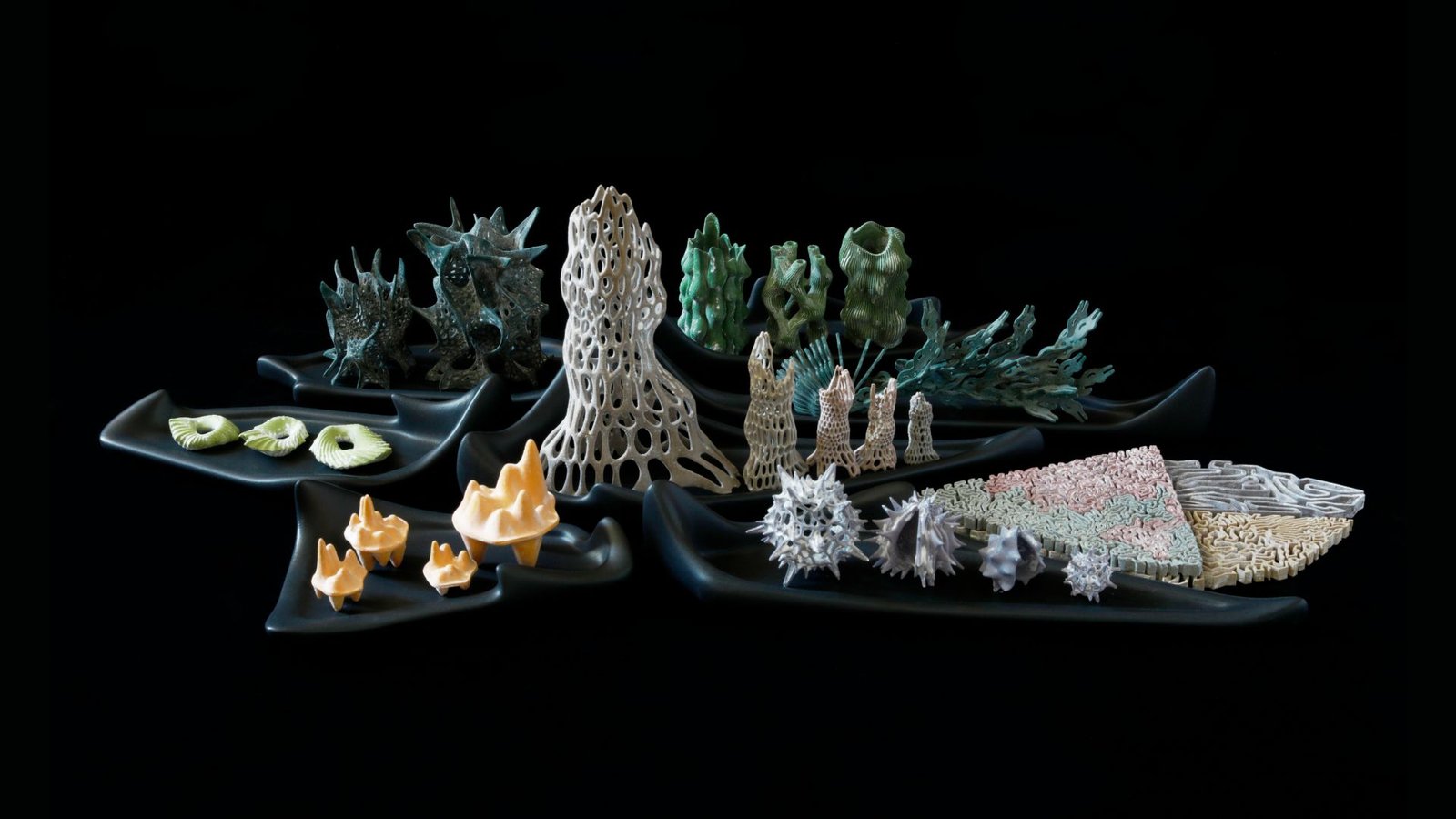
Explore more design stories through Three Voices, One Vision: Three Designers Builds with Purpose here.
ADVERTISEMENT
